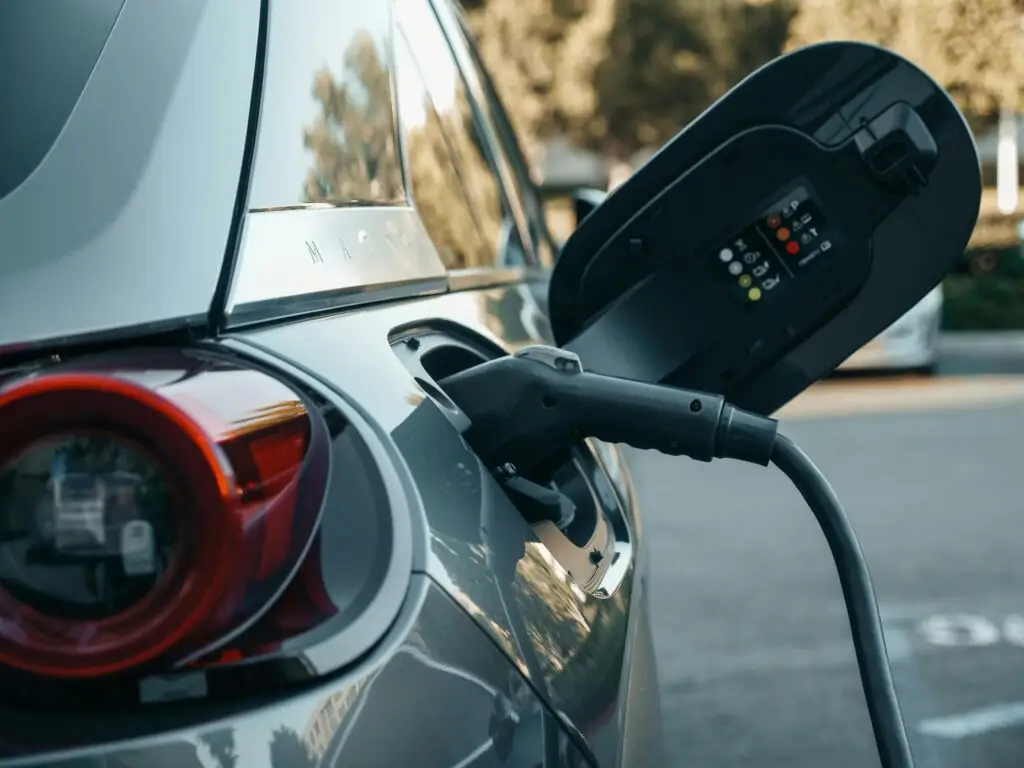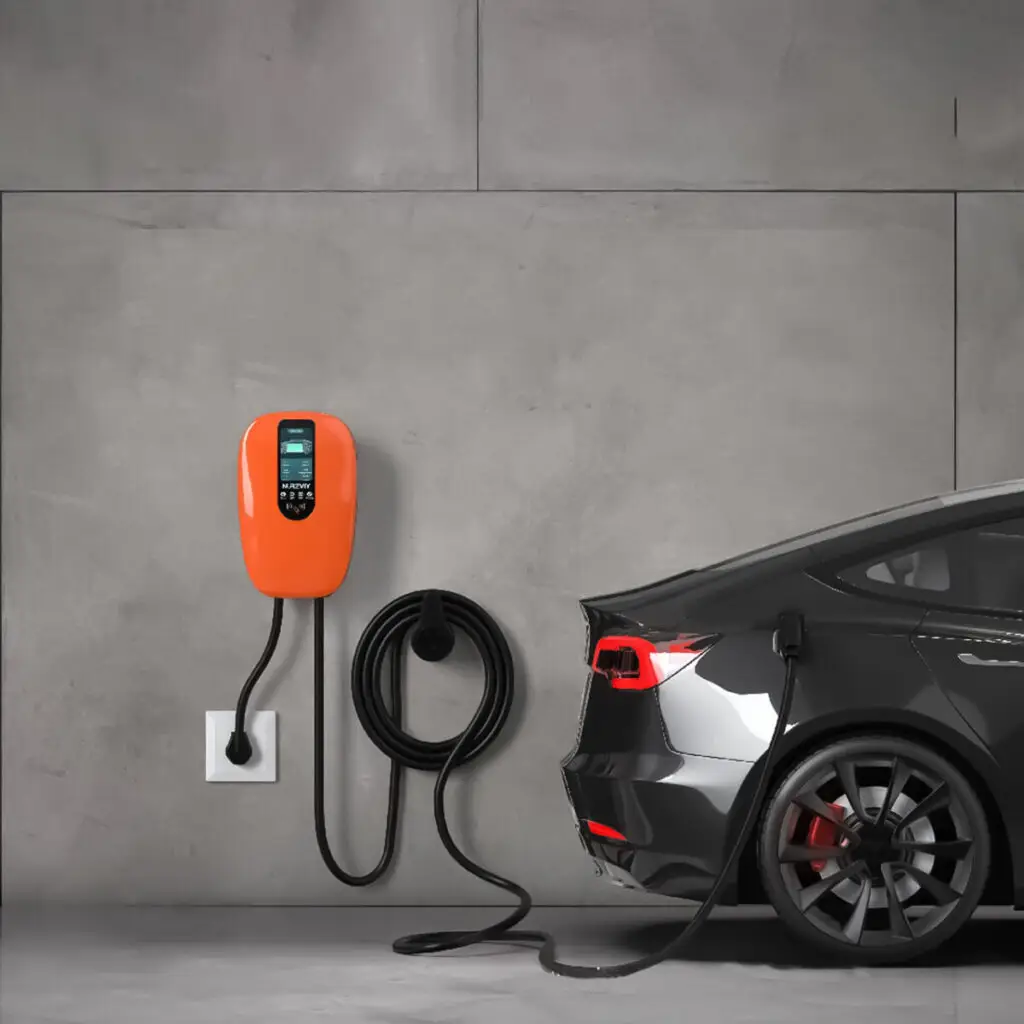Introduction
As electric vehicles (EVs) become more mainstream, understanding the different types of EV chargers is essential for homeowners, businesses, and municipalities planning charging infrastructure. With various charging levels, connector types, and installation requirements, selecting the right EV charger can impact charging speed, cost, and efficiency.
In this guide, we’ll explore the different types of EV chargers, their specifications, and the best applications for each. Additionally, we’ll cover industry standards such as NEC codes, UL certifications, and voltage ratings to ensure compliance and safety in EV charger installations.
Types of EV Chargers
EV chargers are categorized into three primary levels based on power output and charging speed:
Level 1 EV Chargers: Standard Home Charging
- Power Output: 120V AC, 1.4-1.9 kW
- Charging Time: 40-50 hours for a full charge (varies by battery size)
- Best For: Residential use, occasional charging
Level 1 chargers use a standard 120V household outlet, making them the most accessible but also the slowest option. They are typically included with the purchase of an EV and do not require special installation.
Considerations:
- Ideal for overnight charging or low-mileage daily commutes.
- Does not require a dedicated electrical circuit.
- Not practical for high-mileage EV drivers due to slow charging speeds.
Level 2 EV Chargers: Faster and More Efficient
- Power Output: 208-240V AC, 3.3-19.2 kW
- Charging Time: 4-8 hours for a full charge
- Best For: Homeowners, businesses, workplaces, and public charging stations
Level 2 chargers require a dedicated 240V circuit and must be installed by a certified electrician in accordance with the National Electrical Code (NEC) Article 625. Many public charging stations use Level 2 chargers due to their balance between cost and charging speed.
Key Features:
- Compatible with most EVs through a J1772 connector.
- UL-listed models ensure compliance with safety standards.
- Can be installed indoors or outdoors with proper weatherproofing.
Installation Considerations:
- Requires a dedicated 40-50 amp circuit.
- Installation cost varies depending on electrical panel upgrades.
- Ideal for fleets, businesses, and homeowners with high daily mileage.
Level 3 EV Chargers: DC Fast Charging (DCFC)
- Power Output: 50-350 kW DC
- Charging Time: 15-60 minutes for 80% charge
- Best For: Public charging stations, fleet operations, highway rest stops
Level 3 chargers, commonly known as DC fast chargers (DCFC), bypass the onboard AC-to-DC conversion and deliver direct current (DC) power to the battery, significantly reducing charging time.
Connector Types:
- CCS (Combined Charging System): Widely used by most EV manufacturers.
- CHAdeMO: Common for older EV models and certain manufacturers like Nissan.
- Tesla Supercharger: Proprietary for Tesla vehicles, though adapters are available for other EVs.
Key Considerations:
- High power demand: Requires a 480V three-phase power supply.
- Expensive installation: Costs can range from $50,000 to over $100,000 per unit.
- Best for fleet operations and highway charging infrastructure where rapid charging is needed.
Important Industry Standards and Compliance Factors
When selecting or installing an EV charger, it’s essential to adhere to regulatory standards for safety and efficiency:
- National Electrical Code (NEC) Article 625 – Governs the installation and safety requirements for EV charging stations.
- UL Certification (UL 2202, UL 2594) – Ensures EV chargers meet safety and performance standards.
- SAE J1772 Standard – Defines the universal connector for Level 1 and Level 2 charging in North America.
- Open Charge Point Protocol (OCPP) – Enables interoperability between different charging networks and stations.
By following these industry standards, users can ensure that their EV charging infrastructure is safe, reliable, and future-proof.
Future Trends in EV Charging
The EV charging landscape is evolving with new technologies aimed at improving efficiency and sustainability:
- Bidirectional Charging (V2G and V2H): Allows EVs to supply power back to the grid or home, enhancing energy efficiency.
- Ultra-Fast Charging: Emerging chargers with 800V systems capable of adding 200+ miles of range in under 10 minutes.
- Wireless Charging: Inductive charging technology is being developed for seamless, cable-free EV charging.
- Solar-Powered EV Chargers: Integration of renewable energy sources to reduce dependence on grid electricity.
As governments and businesses invest in charging infrastructure, advancements in battery technology and smart grid integration will further enhance the efficiency and accessibility of EV charging solutions.
Conclusion
Understanding the different types of EV chargers is crucial for choosing the right solution based on charging speed, installation requirements, and cost.
- Level 1 chargers are best for low-mileage residential use.
- Level 2 chargers offer faster charging for homes and businesses.
- Level 3 DC fast chargers provide rapid charging for public and highway stations.
With ongoing advancements in EV technology, the future of charging is becoming more efficient, sustainable, and accessible. Whether for personal use or commercial applications, selecting the right EV charger ensures a seamless and cost-effective transition to electric mobility.


